When it comes to improving core stability, running is often seen as a lower-body workout. But the truth is, your core plays a crucial role in maintaining posture, balance, and efficiency—whether you're on a treadmill or hitting the pavement. So, which running environment—treadmill or outdoor—does a better job at strengthening your core? Let’s break it down with science-backed insights and practical steps to help you build a rock-solid core, no matter where you run.
Your core isn’t just your abs—it includes the transverse abdominis, obliques, lower back, and pelvic floor muscles. These muscles work together to stabilize your spine and pelvis during movement. Every stride you take while running requires subtle adjustments to maintain balance, especially on uneven terrain or during changes in pace. This constant micro-correction is what strengthens core stability over time.
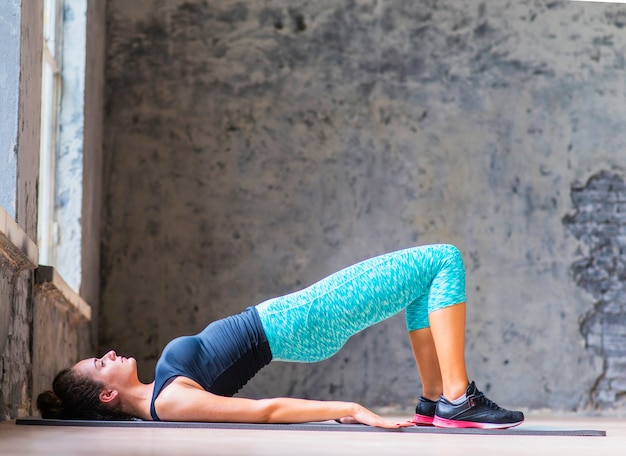
Treadmills offer a controlled, predictable surface. While this consistency is great for tracking pace and reducing joint impact, it may limit core engagement. Because the belt moves beneath you and the surface is flat and stable, your body doesn’t have to work as hard to stabilize itself.
Running outdoors introduces variables like wind resistance, uneven terrain, and elevation changes. These factors force your core to work harder to maintain stability and balance. For example, running on a gravel path or a sloped sidewalk requires constant micro-adjustments, activating deeper stabilizing muscles.
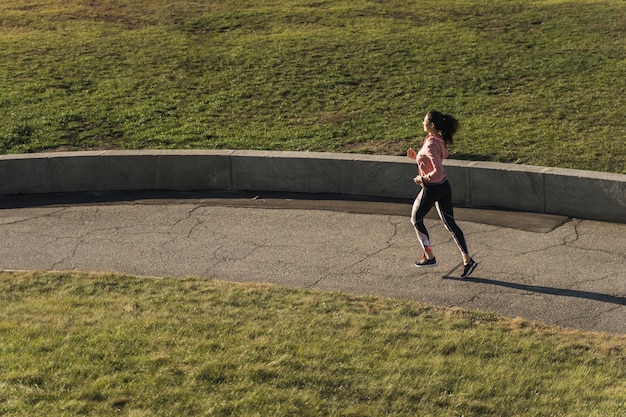
Based on biomechanical research and training principles, outdoor running generally provides superior core stability benefits due to the increased demand for balance and adaptation. However, treadmill running isn’t useless—it can be optimized to challenge your core with intentional modifications.
Swap at least 1–2 treadmill sessions per week with outdoor runs on trails, grass, or uneven sidewalks. This forces your core to adapt to subtle shifts in balance.
Set your treadmill to a 2–5% incline to simulate outdoor conditions. Include interval sprints and sudden grade changes to disrupt rhythm and engage stabilizing muscles.
Maintain a slight forward lean from the ankles, keep your chest up, and avoid overstriding. Engage your core by drawing your belly button slightly toward your spine throughout the run.
After each run, spend 10 minutes on core exercises:

Improvement in core stability isn’t always visible, but it’s measurable. Use these simple tests every 4 weeks:
Hold a standard forearm plank with proper form. Record how long you can maintain it without hips sagging. Goal: Increase duration by 15–30 seconds every month.
Stand on one leg, eyes open, for up to 60 seconds. Switch legs. Improved balance indicates better core control. Goal: Reach 45+ seconds per leg within 8 weeks.
Record a short video of your running form every 4 weeks. Look for:
Rate your sense of balance and control on a scale of 1–10 during runs. Track improvements over time. A higher score means better neuromuscular coordination.
While outdoor running naturally challenges core stability more, treadmill running offers control and consistency. The best approach? Combine both. Use outdoor runs to build functional core strength and treadmill sessions to focus on form, endurance, and structured workouts.
By intentionally varying your environment and adding core-specific training, you’ll develop a stronger, more resilient core—leading to better running performance, reduced injury risk, and improved overall stability.

Fitness

Fitness

Fitness

Fitness
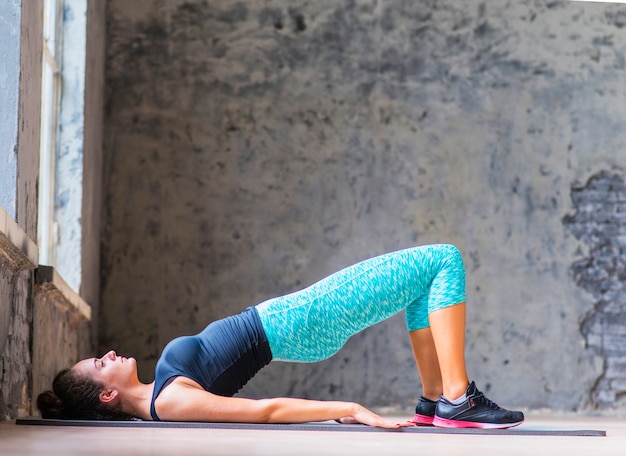
Fitness
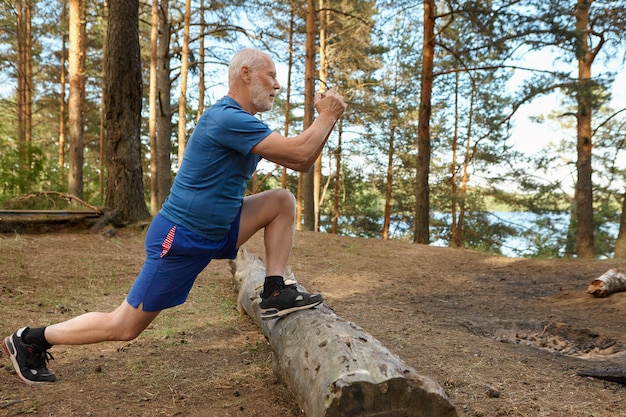
Fitness

Fitness

Fitness
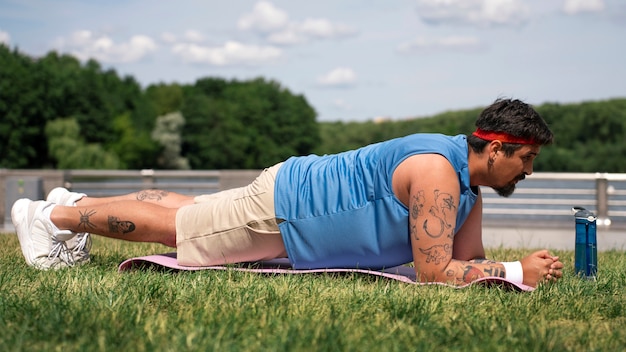
Health
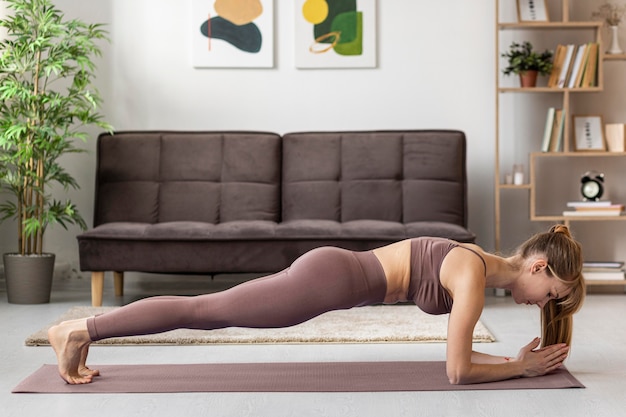
Fitness
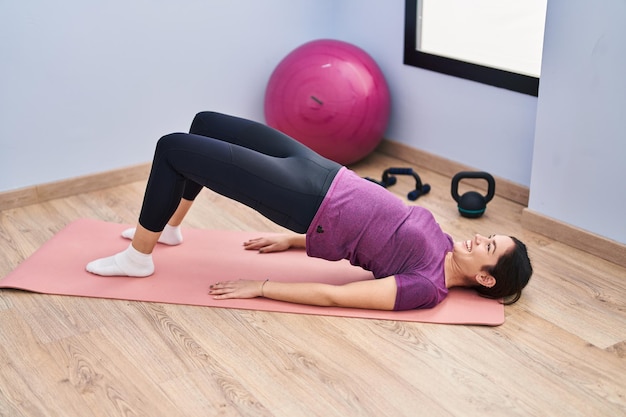
Fitness
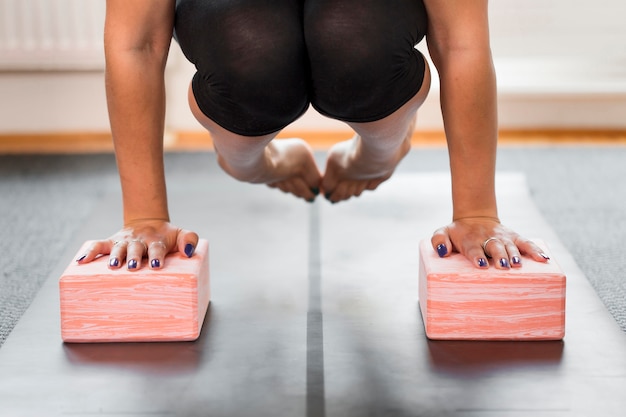
Fitness

Health

Fitness

Health

Health